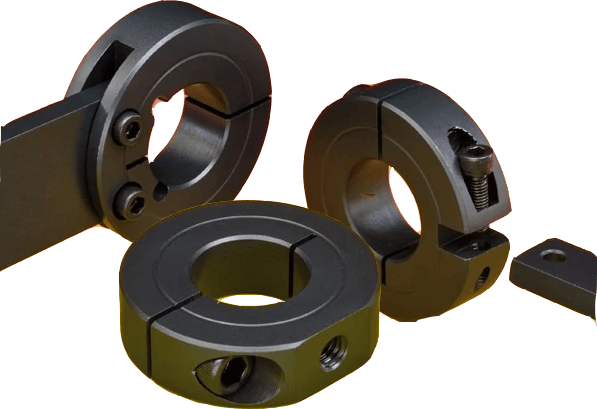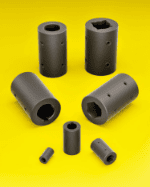Couplings work by securely clamping two shafts together, allowing one shaft to transfer energy to the other. At the same time, the coupling absorbs shock, vibration, and heat generated by the first shaft, protecting the surrounding components while still effectively transferring torque.
Installing a rigid coupling allows two separate shafts to operate as one. Their high torsional stiffness allows no relative motion between the shafts of the driving and driven units. Eliminating relative movement maximizes the amount of torque that can be transmitted across the shafts.




